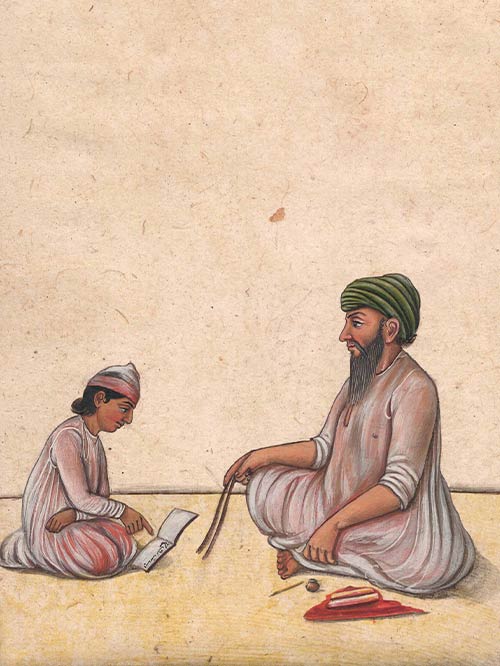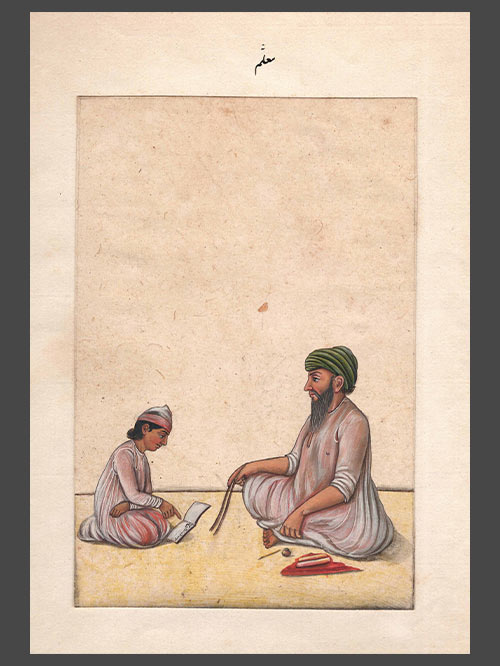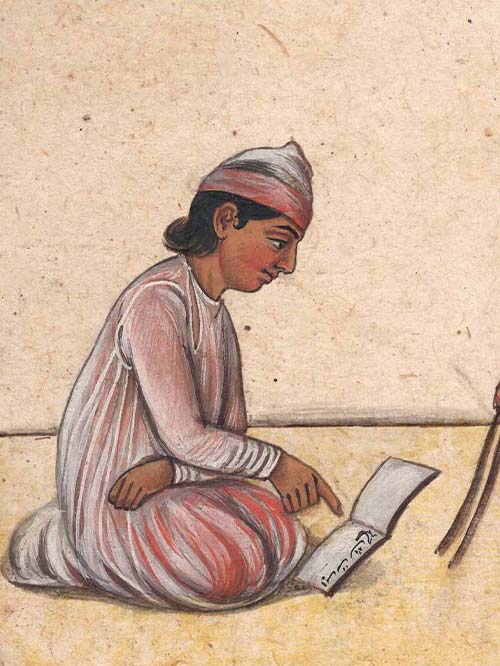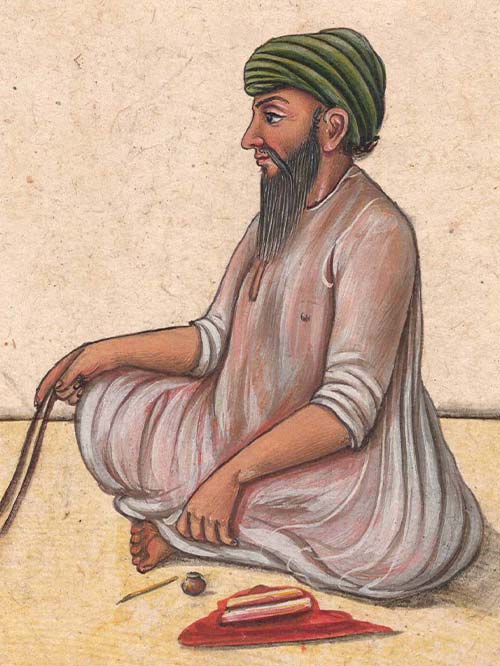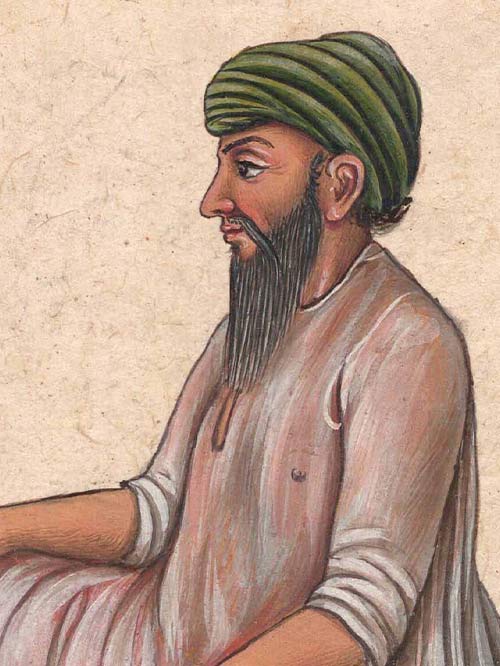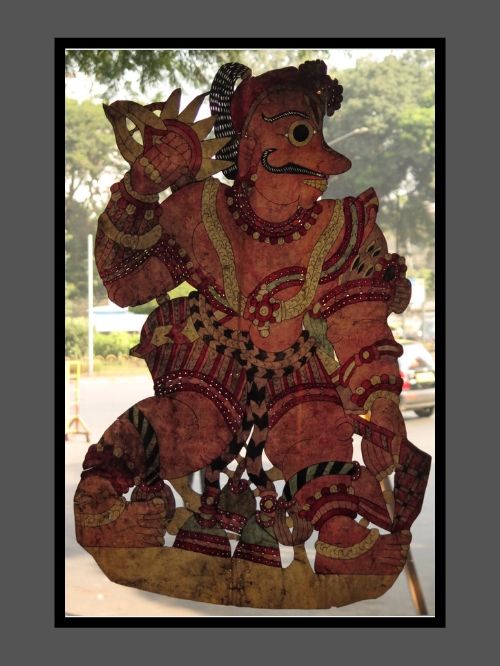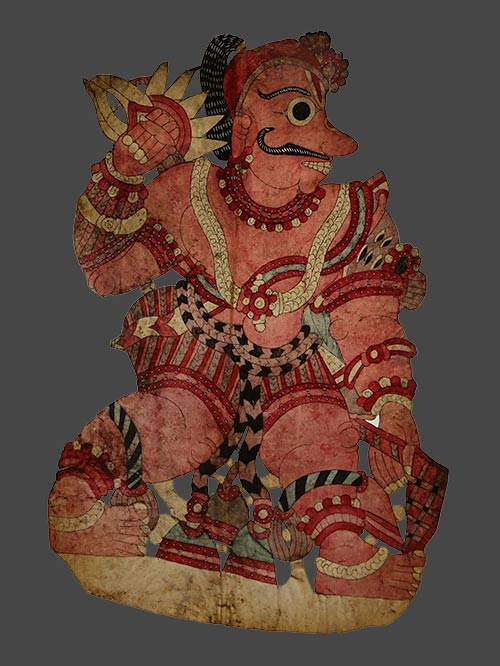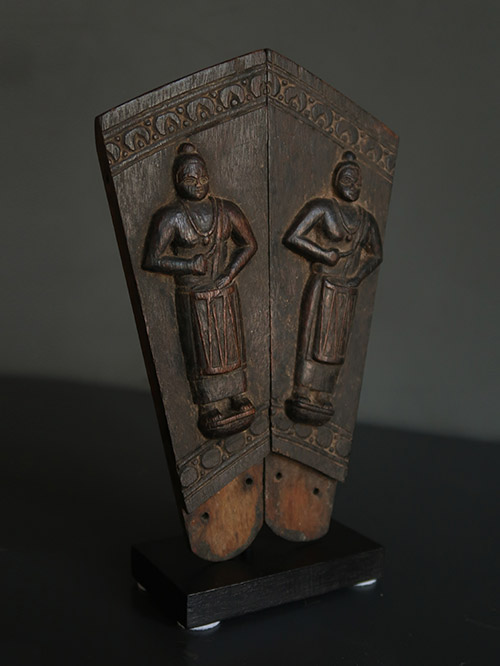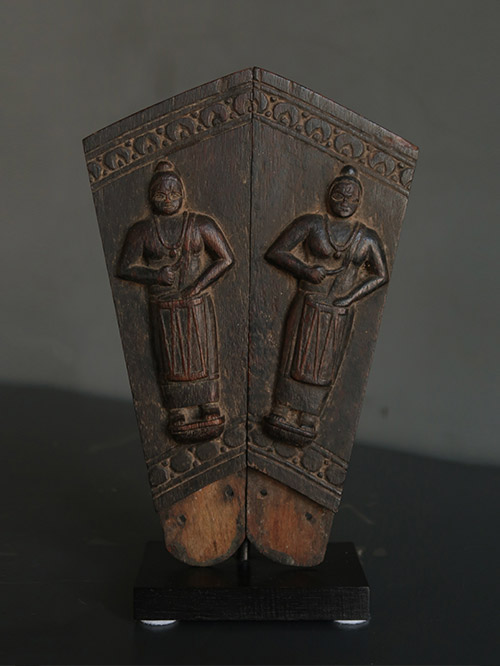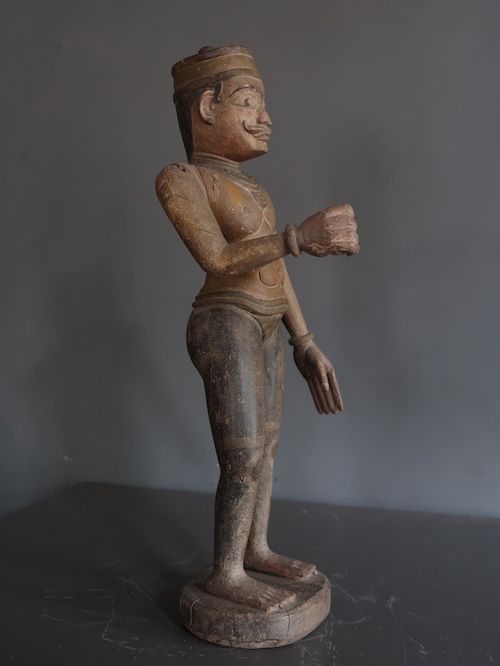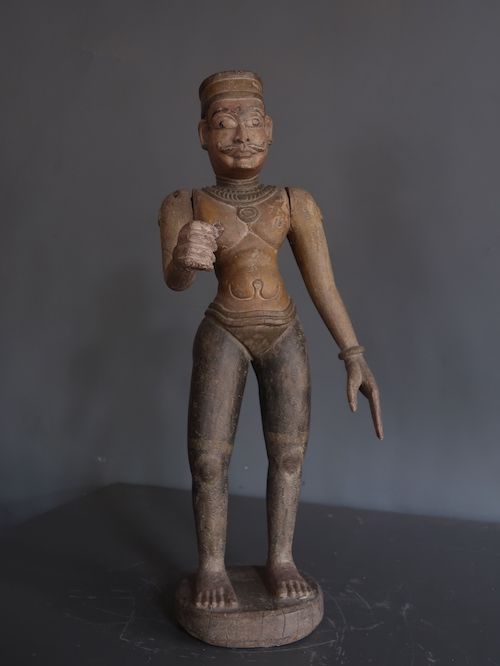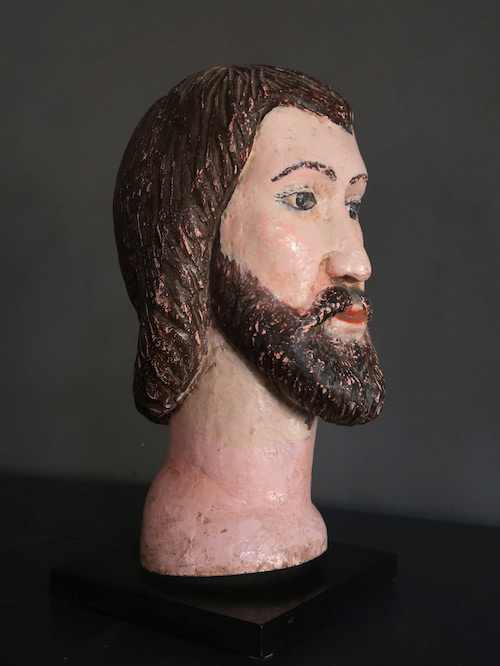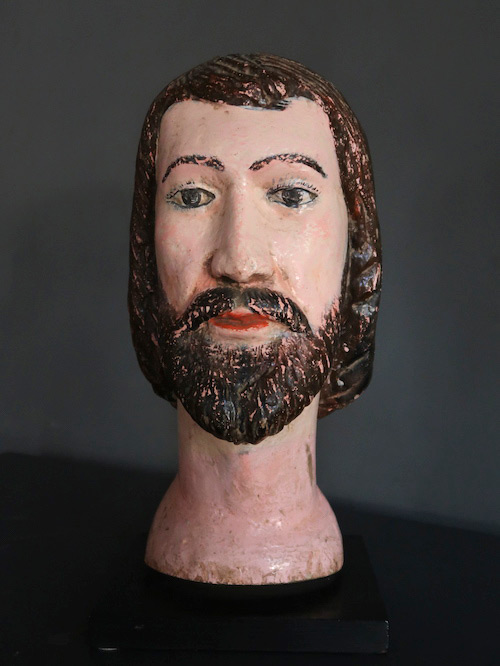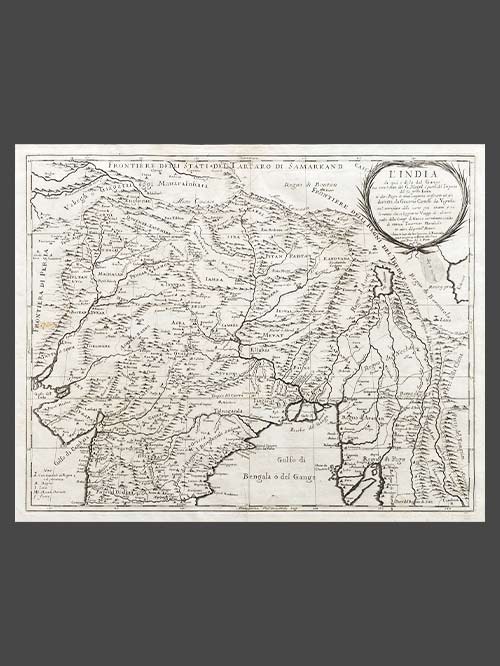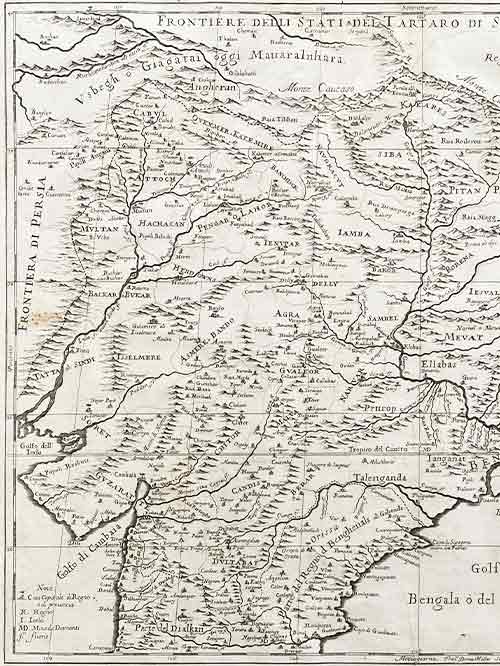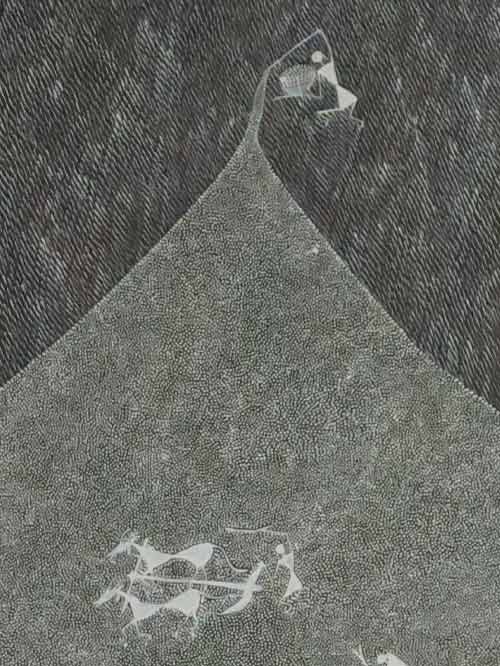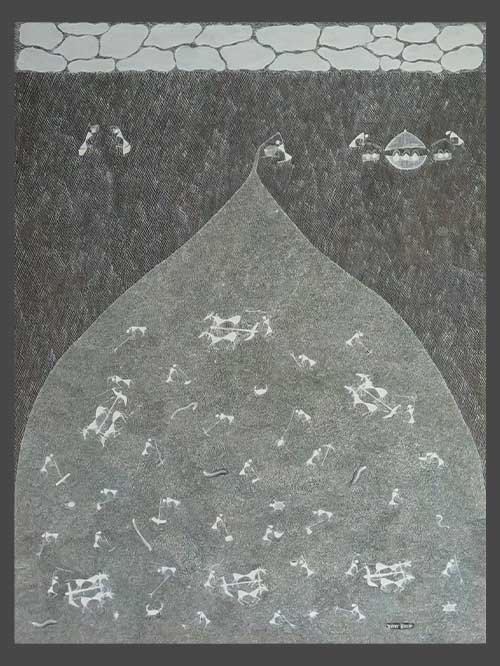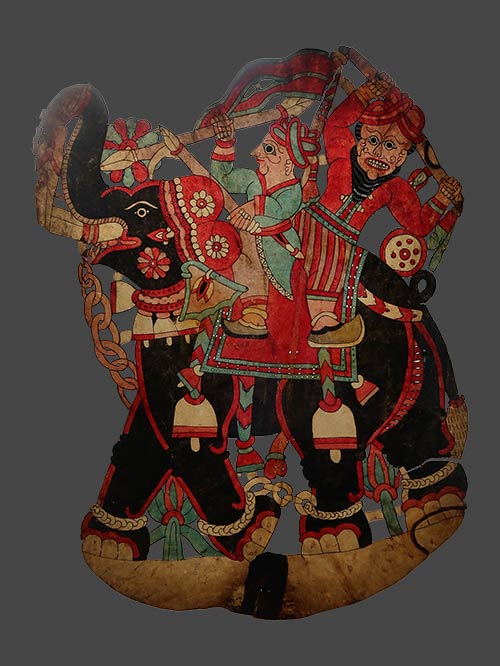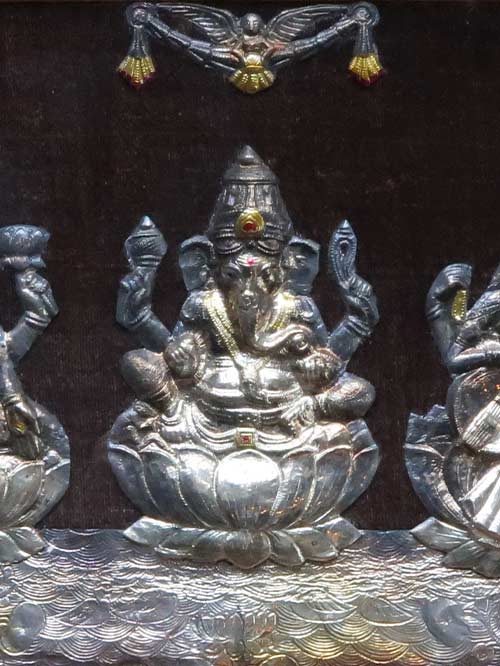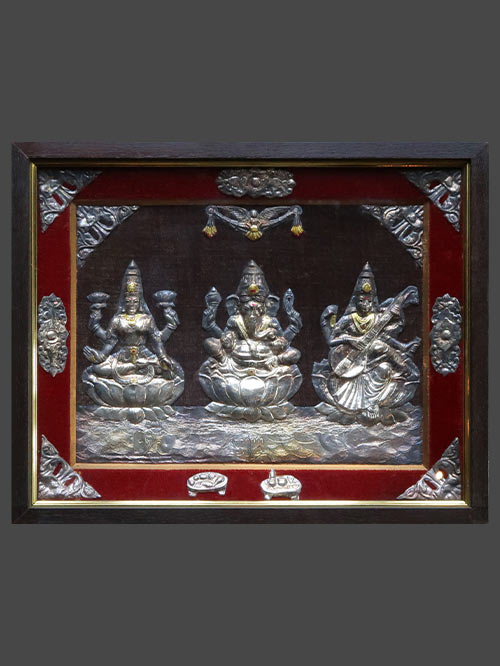Lucknow (North India)
Opaque watercolour on European paper
Company painting in Oudh developed on individual lines. This was largely because the European communities in Faizabad and later in Lucknow differed greatly from those in cities which came under direct British rule. Apart from the British Resident and his staff, and the British garrison, the Europeans who flocked to Oudh in the late eighteenth and early nineteenth centuries were adventurers and tradesmen looking for quick fortunes. They were not the serious-minded soldiers and administrators who, in other parts of India, were purchasing paintings of ‘manners and customs’ to paste in their scrapbooks or to send home to relatives in England. It followed that there was little demand in Oudh, until later in the nineteenth century, for paintings of this kind. There were undoubtedly a few cultivated Europeans – Colonel Gentil, General Claude Martin, Colonel Polier and Richard Johnson – but they were interested either in European work of good quality or in oriental culture. They patronised the British professional painters who visited Oudh or collected Indian and Persian manuscripts and miniatures. Oudh was a flourishing centre for acquiring oriental works for, with the break-up of the Mughal libraries at Delhi, many Persian manuscripts had found their way to it. The Nawabs and their courtiers were also lavish patrons of Indian artists. With the decline of patronage at Delhi, Mughal artists had moved to Faizabad and later to Lucknow, and a school of painting had arisen which was marked by feverish brilliance, a fitting expression of Oudh society under Nawab Shuja-ud-daula (1753-75) and Nawab Asaf-ud-daula (1775-97). Many portraits and paintings of musical or literary themes with a semi-erotic flavour were made at this time. The artists were well patronised and felt confident in the traditional character of their work.
Painting Size (cms): 15(H) x 10(W)
Painting Size (inches): 6(H) x 4(W)

